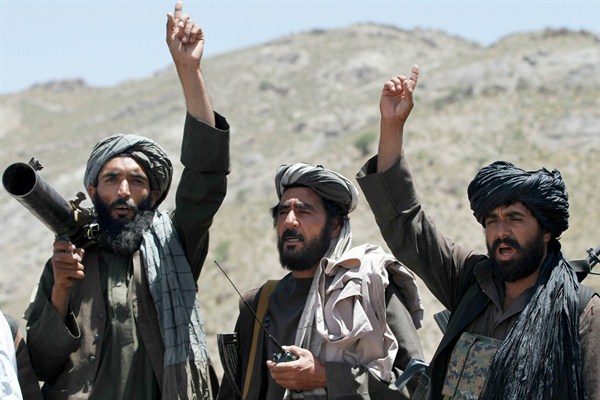The Afghan Taliban are experiencing a revival. Today, they find themselves in control of much of the territory they claimed before 9/11, a new version of the Islamic Emirate that the U.S. intended to eliminate. Instead of focusing on public statements, policymakers trying to assess the Taliban’s motives must closely examine what life in Taliban-controlled territory looks like.
In 1992, after groups of guerrilla fighters known as mujahideen succeeded in toppling Afghanistan’s communist government, which had been backed by the Soviet Union, they quickly turned on each other, kicking off a civil war. In response, a group of young clerics in the southern province of Kandahar took up arms themselves, promising to restore order and establish an “Islamic system.” The Taliban movement, as the clerics became known, spread rapidly across the south and east of the country until 1996, when they ousted the fractious coalition of mujahideen and conquered Kabul.
For the next five years, the Taliban governed most of Afghanistan. They extended their administration to all parts of the country under their control, which at the height of their power was about 90 percent of Afghan territory. Supreme authority rested with Mullah Omar, the Taliban leader, and the Taliban renamed the Afghan state as the Islamic Emirate of Afghanistan.

